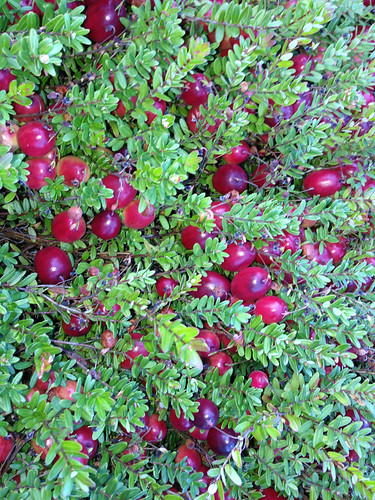
Most have probably heard Wisconsin’s famous moniker “The America’s Dairyland.” This nickname is definitely befitting considering our long history with milk production. But, while our milk, cheeses, and other dairy products are available year-round, the fall season brings attention to a completely different commodity. I’m talking about cranberries.
Alongside pumpkins, apples, and pears, cranberries are a staple of American cuisine during the fall months. But did you know that most cranberries in the United States come from Wisconsin? Our growers produce 60 percent of the cranberries in the United States? Last year alone, more than 5 million barrels of cranberries came from Wisconsin. One barrel weighs 100 pounds, which means our growers produced more than 250,000 tons of this amazing fruit.
Despite our generous crops of apples and pears, the cranberry is the number one fruit crop in Wisconsin in both size and economic value. And while the number of farms may seem low – according to the 2012 Census of Agriculture, there are 241 cranberry farms in our state – these farms cover 20,641 acres across 20 of Wisconsin counties. The crop is typically harvested in late September through October, so our cranberry growers are working hard as we speak to make sure cranberries are available to everyone across the United States and abroad.
Cranberries are one of three fruits that are native to North America, with the other two being blueberries and concord grapes. The crop is unique in its growing environment as it is grown in sand and peat marshes. The cranberry is a perennial plant that grows on vines and contrary to popular belief it doesn’t grow in water. During harvest, however, the growing area, called a bog, is flooded. The high water causes the cranberries, which have an air pocket inside, to float to the surface where they can more easily be harvested.
So as we are getting close to the end of our cranberry harvest season, don’t miss your chance to enjoy this fantastic fruit. Not only are they delicious, but they also help you meet daily dietary recommendations for fruit.


